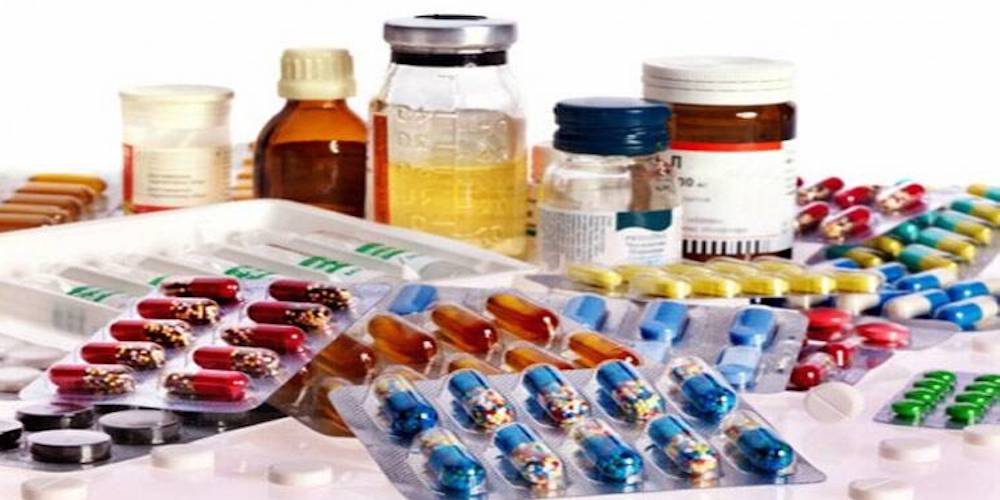Pricing Policy of Costly Medicines

The Government of India has reiterated in Parliament on February 4 that the extant National Pharmaceutical Pricing Policy (NPPP), notified on 7th December, 2012, has been formulated with an objective to put in place a regulatory framework for pricing of drugs so as to ensure availability of essential medicines at reasonable prices while providing sufficient opportunity for innovation and competition to support the growth of pharma industry.
The present policy made a shift from earlier ‘cost based’ pricing under the Drug Policy, 1994 to ‘market based’ pricing.
In pursuance of NPPP, 2012, the Government notified the Drugs (Prices Control) Order, 2013 (DPCO-2013). As per the provisions of DPCO, 2013, the ceiling price of all scheduled formulations appearing in National List of Essential Medicines (NLEM), are fixed by National Pharmaceutical Pricing Authority (NPPA) and are uniform throughout the country. All the manufacturers of these drugs are required to sell their product equal to or lower than the ceiling price.
Further, NPPA monitors the prices of non-scheduled drugs so as to ensure that the increase in their Maximum Retail Price (MRP) is not more than 10% of what was prevalent during preceding twelve months.
However, there are views that the current drug price control policy has had many unintended consequences. For example, many pharmaceutical companies have opted to go out of production because their profit margins decreased. This has led to substandard and spurious drug manufacturers dominating the pharma market. In the absence of strict quality regulations, there has been a trade-off between price and quality; a report by the United States Trade Representative claims that 20 per cent of drugs in India are fake.
Decrease in profit margins of quality manufacturers has led to a reduction in spending in research and development. It has deterred future investments in the pharmaceutical sector.
Many manufacturers migrated to non-essential drugs (80 per cent of the drugs in non-essential list) or stopped promoting essential drugs. For instance, an anti-fungal cream called Tolnaftate has not been promoted for several years now. Thus, the sale fell for drugs with capped prices, and rose for drugs that didn’t have a price ceiling.
Moreover, there has not been much impact on the prices of many life-saving drugs (for example, HIV, cancer, non-communicable diseases) since they have not been on the list.
Some pharmaceutical companies in India have started promoting different drug categories: non-National List of Essential Medicines (NLEM), FDCs (not on NLEM) and non-standard dosages (for instance, doctors routinely prescribe splitting of medicines). An information asymmetry between the buyer and the seller has created a breeding ground for mis-selling and misinformation (adding or changing of ingredients) in India’s pharma industry.
Viewed thus, experts suggest that instead of price controls, other mechanisms like promoting competition among manufacturers, strictly regulating the quality of drugs, bulk procurement of generic drugs by public institutions for distribution increase in public spending on healthcare, and tackling information asymmetry by promoting transparency will deliver better outcomes for India’s pharmaceutical industry.



